
WHAT IS CFD Introduction to Computational Fluid Dynamics YouTube
This book is primarily for a first one-semester course on CFD; in mechanical, chemical, and aeronautical engineering. Almost all the existing books on CFD assume knowledge of mathematics in general and differential calculus as well as numerical methods in particular; thus, limiting the readership mostly to the postgraduate curriculum. In this book, an attempt is made to simplify the subject.

Lectures on Computational Fluid Dynamics Turbulence Computational Fluid Dynamics
Computational fluid dynamics (CFD) is a branch of fluid mechanics that uses numerical analysis and data structures to analyze and solve problems that involve fluid flows.Computers are used to perform the calculations required to simulate the free-stream flow of the fluid, and the interaction of the fluid (liquids and gases) with surfaces defined by boundary conditions.

Ansys Computational Fluid Dynamics CADIT Consultants (Asia) Pte Ltd
Computational fluid dynamics (CFD) provides numerical approximation to the equations that govern fluid motion. Application of the CFD to analyze a fluid problem requires the following steps. First, the mathematical equations describing the fluid flow are written. These are usually a set of partial differential equations.
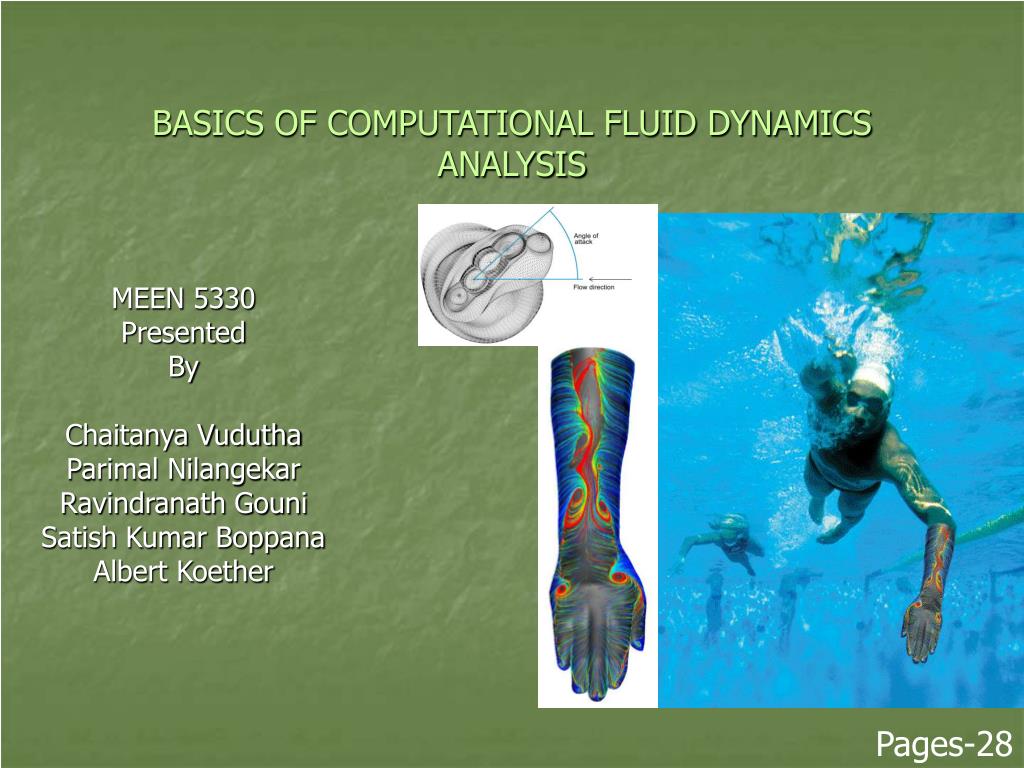
PPT BASICS OF COMPUTATIONAL FLUID DYNAMICS ANALYSIS PowerPoint Presentation ID6409456
Authors: Karim Ghaib. Introduces computational fluid dynamics Provides an overview of the mathematical fundamentals. Formulates conservation equations of fluid mechanics and explains turbulence models. Describes the main numerical methods. Part of the book series: essentials (ESSENT) 4320 Accesses. 1 Citations.

An Introduction to Computational Fluid Dynamics 9780131274983 H. Versteeg Boeken
eBook ISBN 978-3-540-85056-4 Published: 22 October 2008. Edition Number 3. Number of Pages XII, 332. Number of Illustrations 216 b/w illustrations. Topics Engineering Fluid Dynamics, Computational Intelligence, Engineering, general, Fluid- and Aerodynamics, Numerical and Computational Physics, Simulation, Computational Mathematics and Numerical.
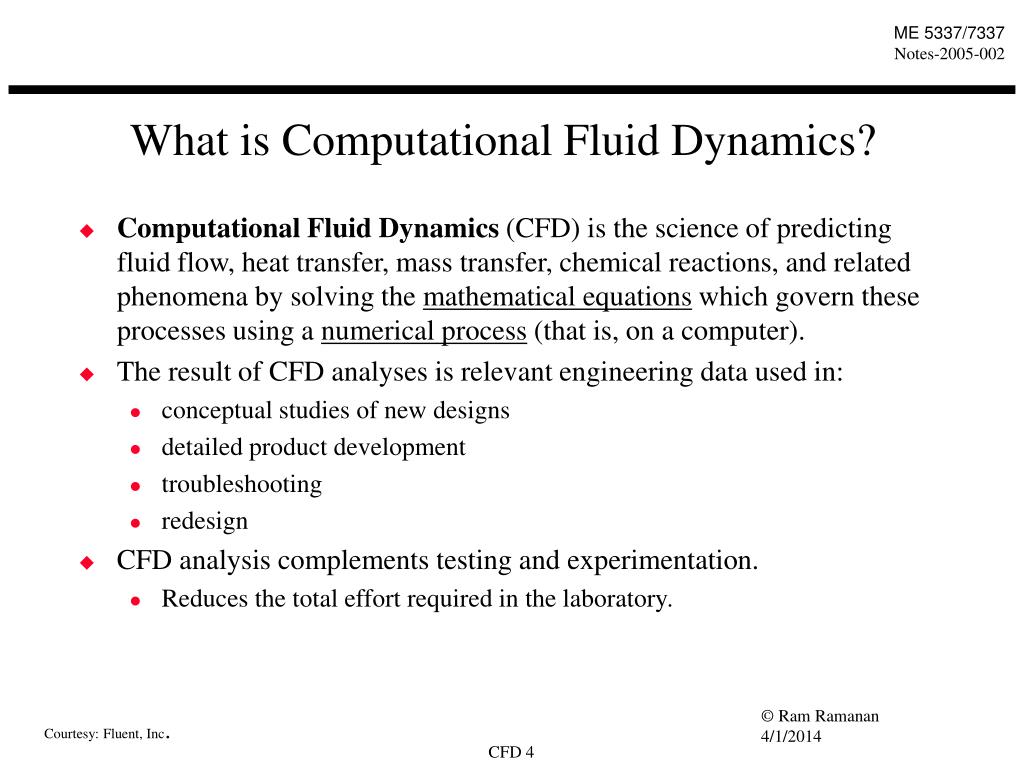
PPT Introduction to Computational Fluid Dynamics Lecture 2 CFD Introduction PowerPoint
We've created this course to help you use the knowledge of flow physics and computational fluid dynamics to obtain quality solutions of flow and heat transfer problems most efficiently. This course is not about instructions on how to use a particular software. Simcenter STAR-CCM+ was used exclusively for all simulations presented in this.

The Benefits of Using CFD Fluid Dynamics) in 2022
Course Summary. This series will help participants develop an understanding of computational fluid dynamics and provide an opportunity to practice numerical solution techniques as applied to the equations governing fluid mechanics and heat transfer. The mathematical structure is the theory of linear algebra and the attendant eigenanalysis of.
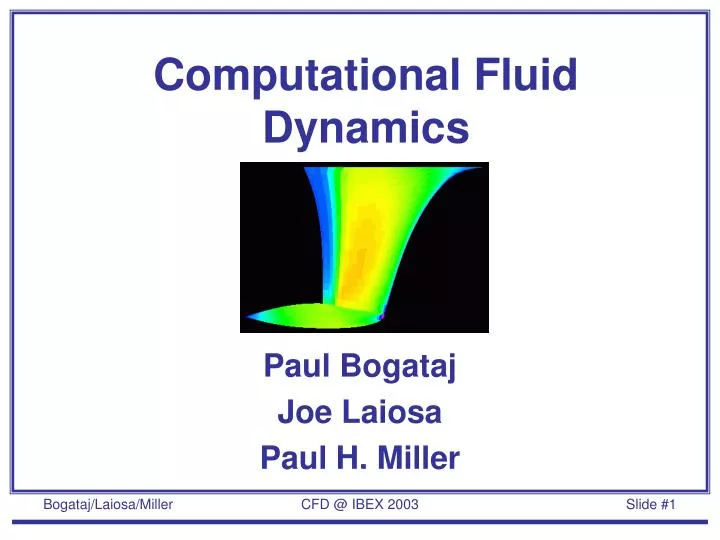
PPT Computational Fluid Dynamics PowerPoint Presentation, free download ID4076917
History of the computational fluid dynamics (CFD) started in the early 1970s, triggered by the availability of increasingly powerful mainframes. CFD became an acronym for the combination of physics, numerical mathematics, and, to some extent, computer sciences all employed to simulate fluid flows.

Basic Introduction of Computational Fluid Dynamics Projects SkillLync
The brief story of Computational Fluid Dynamics can be understood below: Until 1910: Improvements in mathematical models and numerical methods. 1910 - 1940: Integration of models and methods to generate numerical solutions based on hand calculations\ (^1\). 1940 - 1950: Transition to computer-based calculations with early computers (ENIAC.

Computational Fluid Dynamics Principles and Applications (Edition 3) (Hardcover)
Introduction to Computational Fluid Dynamics is a textbook for advanced undergraduate and first year graduate students in mechanical, aerospace and chemical engineering. The book emphasizes understanding CFD through physical principles and examples. The author follows a consistent philosophy of control volume formulation of the fundamental laws.

Computational Fluid Dynamics the Basics With Applications Anderson J D Soft Matter Motion
Computational fluid dynamics (CFD) is a science that, with the help of digital computers, produces quantitative predictions of fluid-flow phenomena based on the conservation laws (conservation of mass, momentum, and energy) governing fluid motion. CFD has increased in importance and in accuracy; however, its predictions are never completely exact.

Basic steps of computational fluid dynamics (CFD). Download Scientific Diagram
CFD is the simulation of fluids engineering systems using modeling (mathematical physical problem formulation) and numerical methods (discretization methods, solvers, numerical parameters, and grid generations, etc.) Historically only Analytical Fluid Dynamics (AFD) and Experimental Fluid Dynamics (EFD).
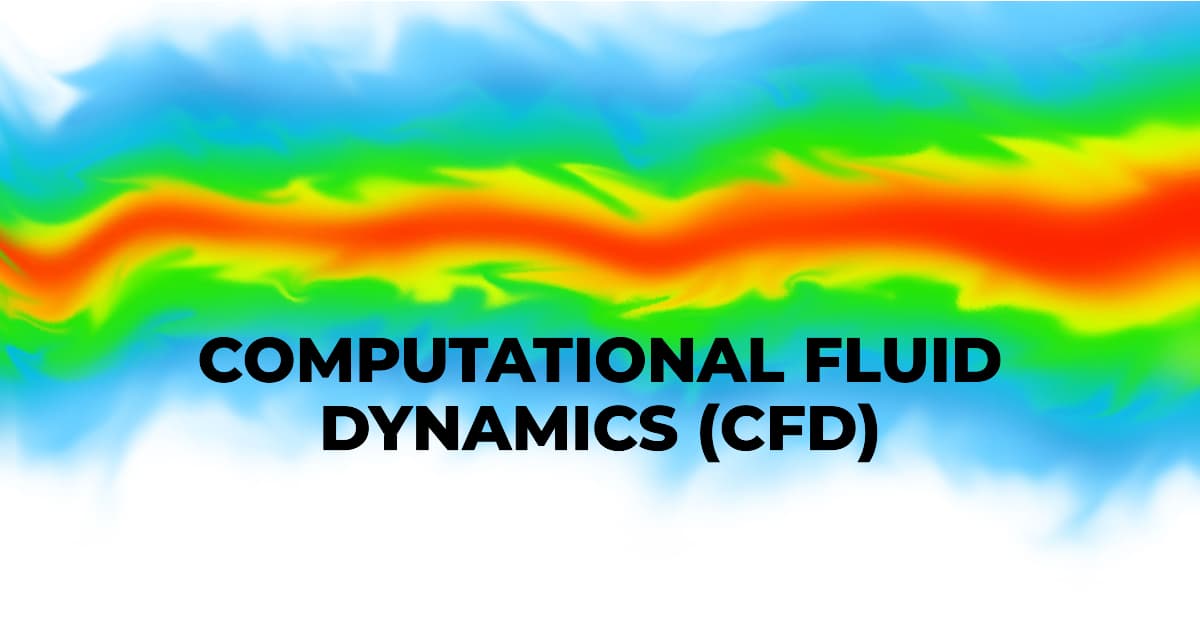
What Is Computational Fluid Dynamics (CFD)? Maritime Page
Computational Fluid Dynamics simulations as follows: C: Curvilinear-Grid and Resultant-Velocity Contours for Fluid-Flow in a C-shaped Bend of a Pipe F: Temperature-Contours in a Heat Conduction Problem D: Vertical-Velocity Contours for a vertical-wall (moving upward, like a conveyor belt) driven flow in a D shaped cavity. Disclaimer
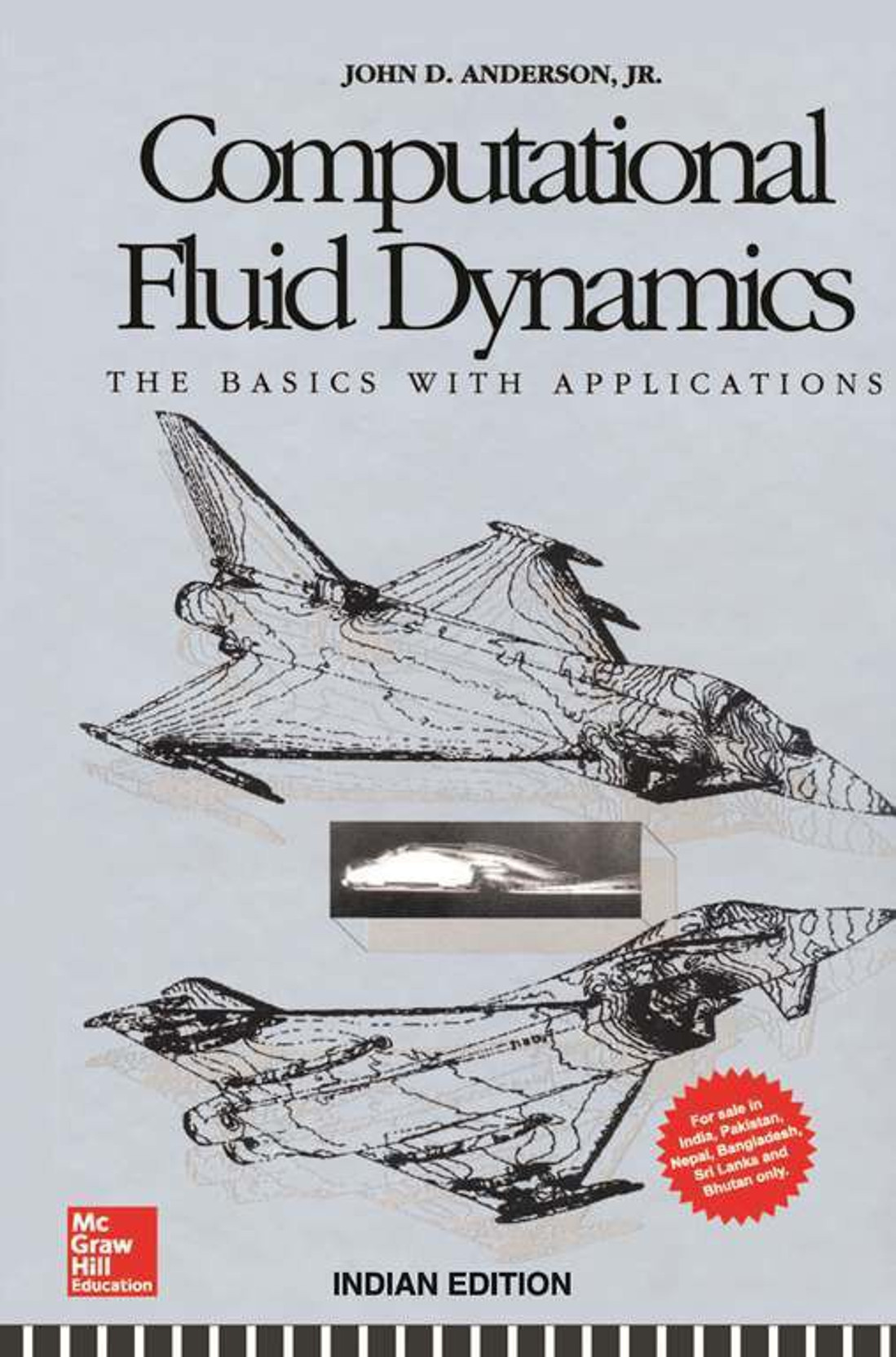
Computational Fluid Dynamics The Basics with Applications 1st Edition Buy Computational Fluid
Buy print copy. Softcover Book USD 69.99. Price excludes VAT (USA) Compact, lightweight edition. Dispatched in 3 to 5 business days. Free shipping worldwide - see info. This book simplifies computational fluid dynamics and presents a broad range of concepts in an easy to follow language.

(PDF) Computational Fluid Dynamics (Session 17) The finite volume method for unsteady flows
This chapter is intended as an introductory guide for Computational Fluid Dynamics CFD. Due to its introductory nature, only the basic principals of CFD are introduced here. For more detailed description, readers are referred to other textbooks, which are devoted to this topic.1,2,3,4,5 CFD provides numerical approximation to the equations that
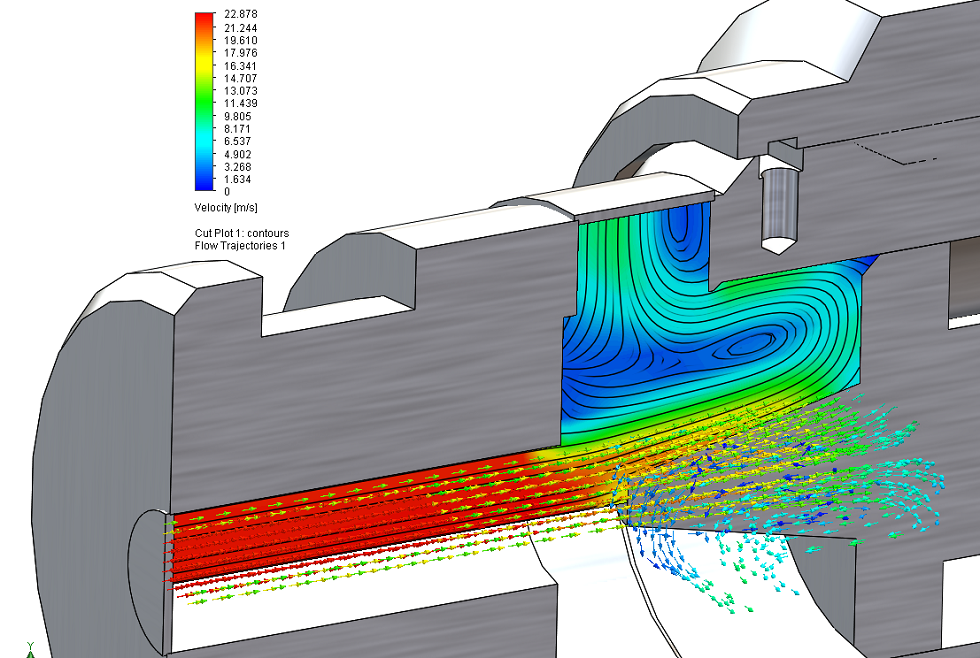
Computational Fluid Dynamics GSC
This book presents the developments of the finite volume method applied to fluid flows, starting from the foundations of the method and reaching the latest approaches using unstructured grids. It helps students learn progressively, creating a strong background on CFD. The text is divided into two parts. The first one is about the basic concepts.
- Articulo 167 Del Codigo Penal
- Valor Do Euro Western Union
- Analisis De Bases De Datos En Excel
- Desfile Orgullo Madrid 2023 Recorrido
- Necesito Sol Playa Y Arena
- What Is Orange And Sounds Like A Parrot
- 62te Intermediate Shaft Speed Sensor Location
- Aitana Vas A Quedarte Audio
- Cuanto Tarda En Sancochar Un Huevo
- El Metodo Del Algodon De Azucar Descargar